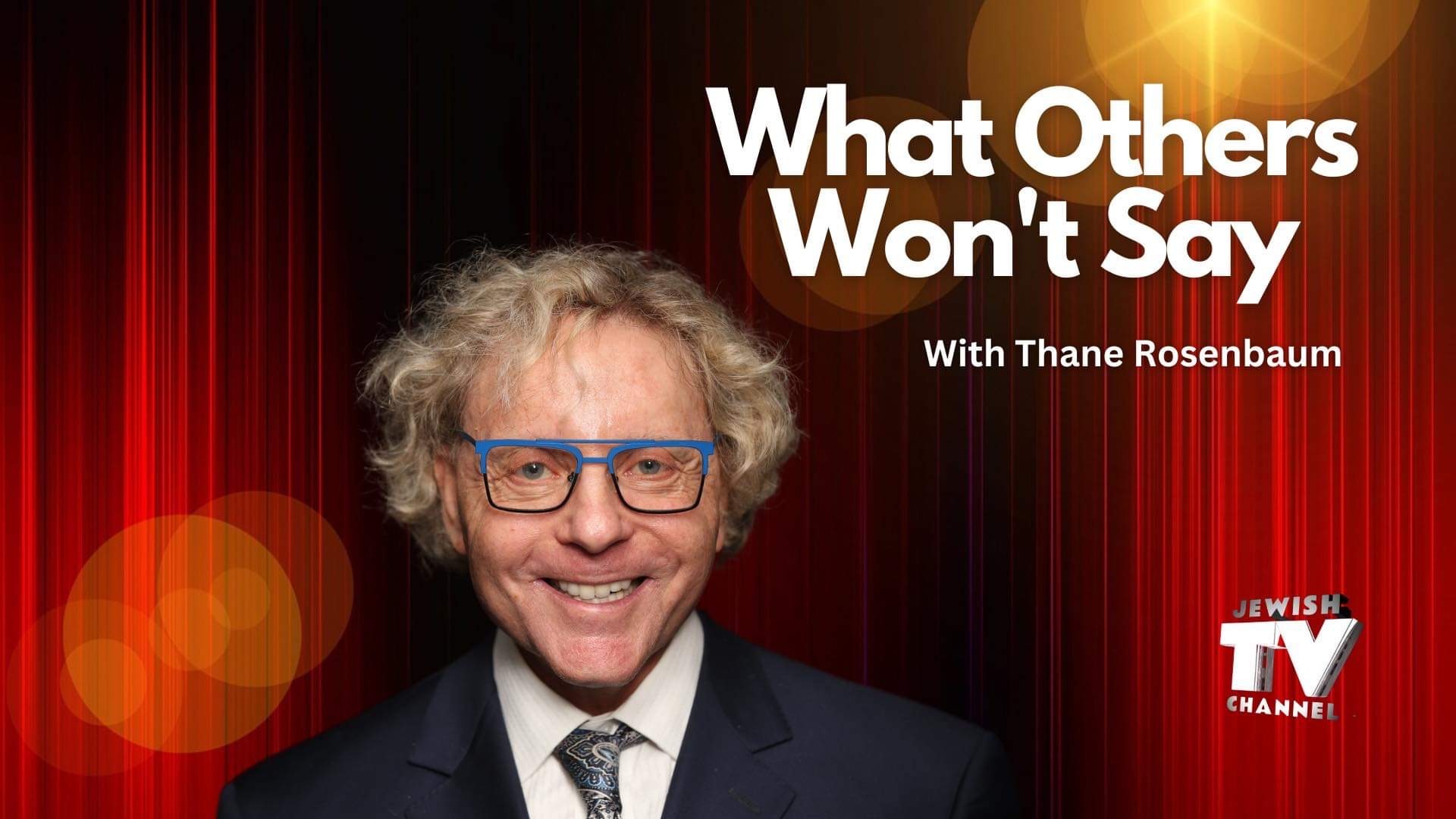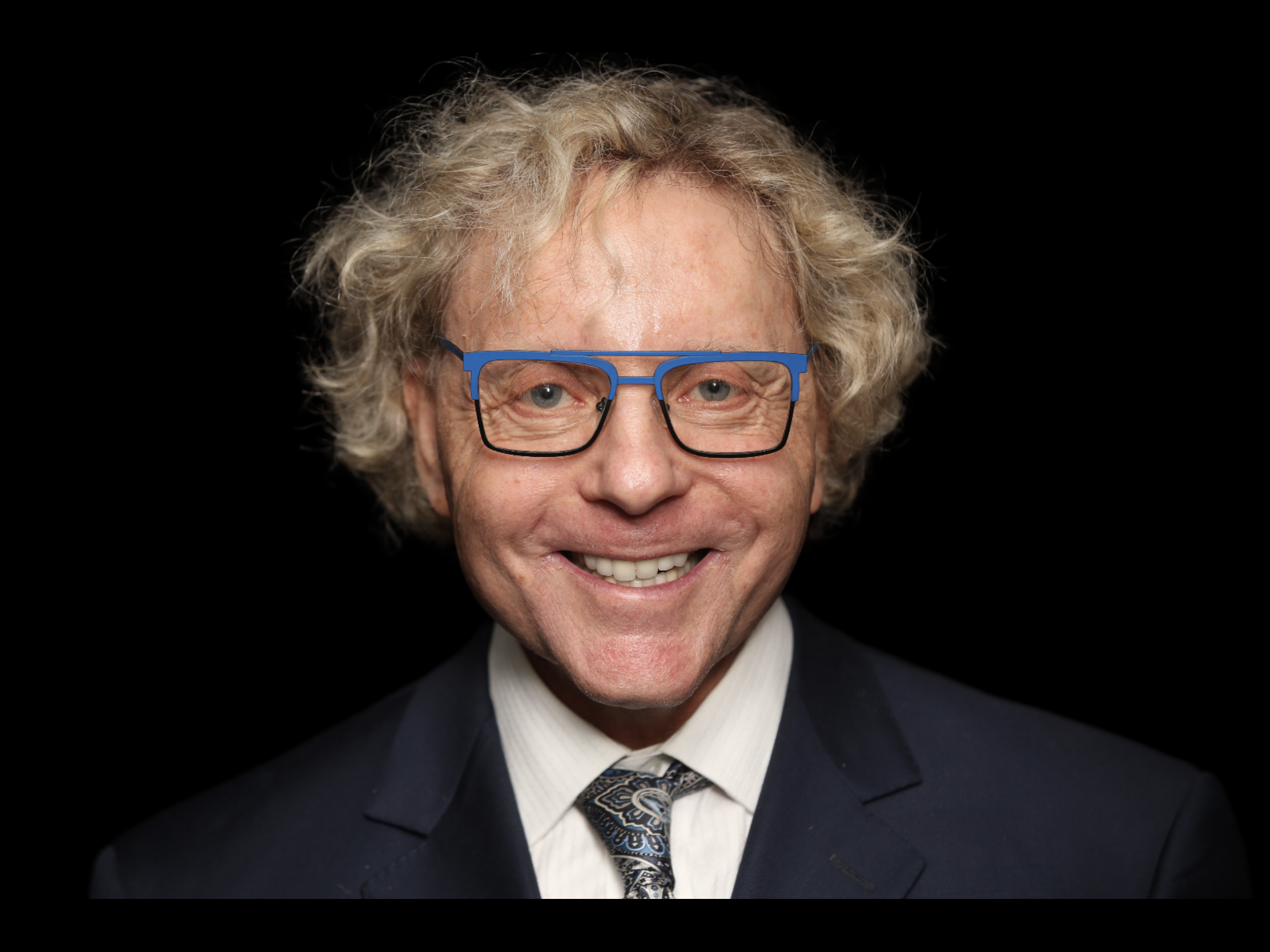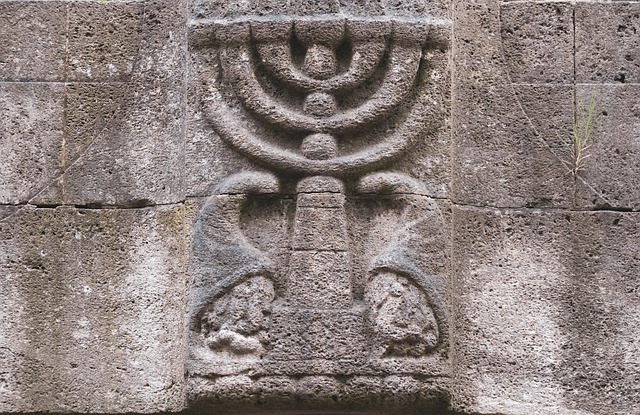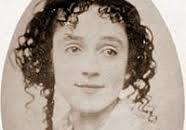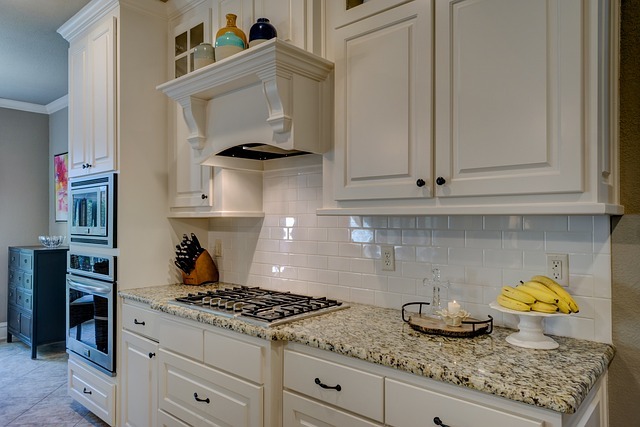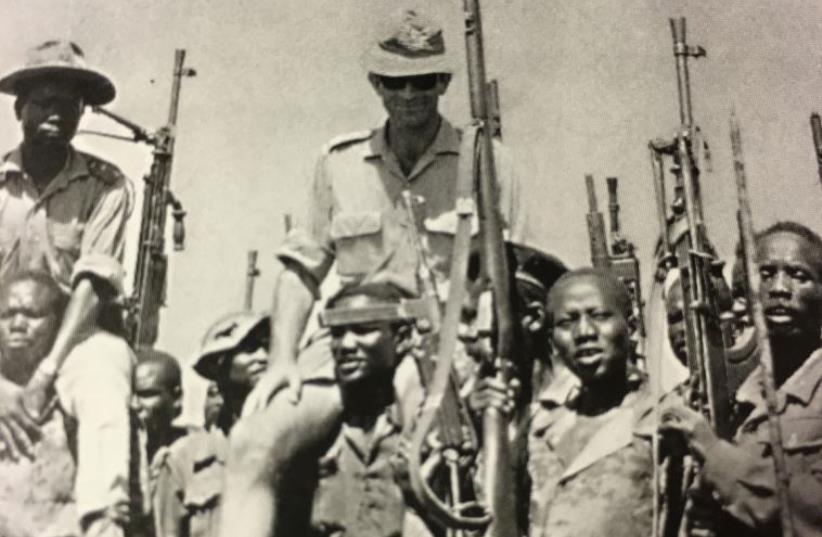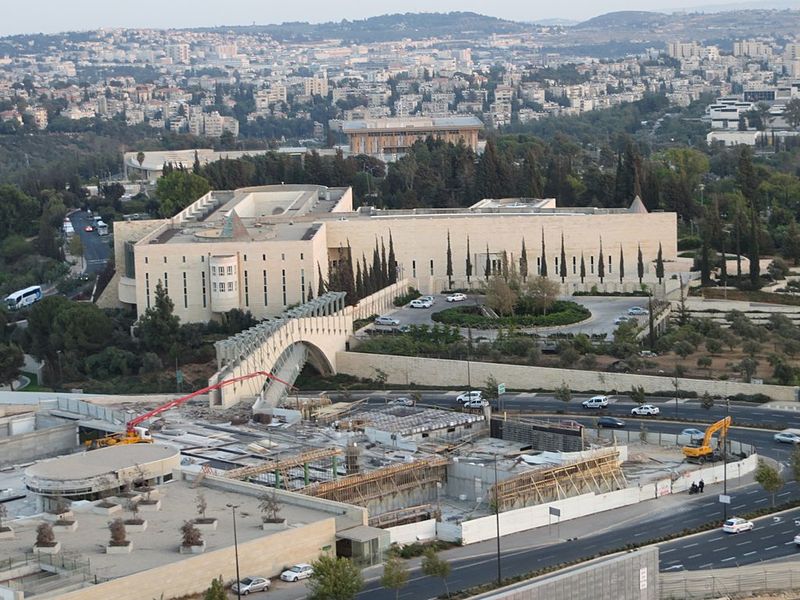By Shahil Ahmed | Submitted On August 30, 2010 
During the past decade, there has been an unexpected surge in interest towards the Jewish culture in medieval Europe. Two international conventions on Jewish heritage in Europe have only helped to fuel the global interest on the subject. At the same time, these meets have provided the much-needed fund to restore and renovate the ancient and medieval period Jewish monuments in the region. And significantly, the Czech capital Prague, with sizable Jewish monuments, has been the hub of such activities that have drawn hordes of tourists from various parts of the globe.
Old Town Square
A visit to the Old Town Square in Prague or Staromestske Namesti, the hub of all activities in the area, is like traveling into the past – back by 600 or 700 years! The visitors are full of admiration and awe as the atmosphere at the place is saturated with glorious as well as the tragic history of the medieval Jews. In addition to the Wenceslas Square, situated at a five minutes’ walking distance, the Old Town Square is the only other city centre in Prague. It is amongst the most beautiful historical locations in entire Europe.
Talking about history, the Old Town Square dates back to the 12th century and was primarily used as Prague’s central marketplace. As many new Romanesque, Baroque and Gothic-style constructions came up around the marketplace over the centuries, the Old Town Square gained in wealth both economically and aesthetically. Today, the most significant tourist attractions at the Old Town Square comprise the Church of Our Lady before Tyn, the Old Town Hall Tower and the Astronomical Clock and the stunning St. Nicholas Church. Right in the heart if the Old Town Square is the statue of the great reformer Jan Hus.
Jewish Town Hall
Originally constructed in the 16th century, the Old Jewish Town Hall is also known as the Zidovska radnice. It is situated adjacent to the Old-New Synagogue in Josefov, but following renovations, today it sports a decorative frontage. The new look was added in the 18th century and has a clock tower with Hebrew figures. The building is known to be funded by the Jewish Town mayor Maisel. Most of parts of the Jewish Town Hall are under the scheduled area and the only part open for the general public is the Kosher Eatery. Currently, the town hall is used as the Jewish Community Center and offers information regarding Jewish tours, activities and events of interest to both the local as well as foreign tourists.
The Old-New Synagogue
The Old-New Synagogue at Josefov in Prague is Europe’s oldest active synagogue and is also known as Altneuschul in German and Staronova synagogue in Czech. Built in the Gothic style in 1270, the Old-New-Synagogue was initially called the New Synagogue or Great Shul. When more synagogues came up in Prague by the 16th century this came to be known as the Old-New Shul or Old-New Synagogue. This is because another synagogue much older to this one and constructed earlier than 1270 was demolished in 1867. The structure of this Gothic style synagogue is outstanding and to reach the foyer one has to climb a flight of nine steps from the street. The foyer opens to a rectangular hall which has six arched bays supported by two large pillars in the middle. The mausoleum has twelve Gothic windows representing the 12 Israeli tribes.
Synagogues of Prague
In all there are seven synagogues in Prague and five of these synagogues can be found in the relics of the Jewish ghetto. Apart from the Old-New Synagogue, there are the Maisel Synagogue, the Pinkas Synagogue, the High Synagogue, the Klausen Synagogue, the Spanish Synagogue and the Jubilee Synagogue. The Maisel Synagogue was built with the permission of Emperor Rudolph II in 1591 and is named after Mordechai Maisel, who funded the construction. On the other hand, the Pinkas Synagogue was built in the Renaissance style. If first finds mention 1492 and was reconstructed in 1953 after floods had destroyed it completely. On the walls of this synagogue there is a list of 77,297 Jews who perished during the World War II. Situated near the Jewish Town Hall, the High Synagogue is named such as it is situated at a great altitude. Near the Old Jewish Cemetery you will find the Klausen Synagogue, which was originally built in 1694 and re-constructed several times. The Spanish Synagogue was built during 1867-8 and is different from the other synagogues in Prague. This synagogue is unique since Moorish decorations were used in its construction. The most modern in this series of synagogues in Prague is the Jubilee Synagogue. This was built in the early 20th century in the New Town and prayer services are held regularly at this synagogue.
Old Jewish Cemetery
Established in the 15th century, the Old Jewish Cemetery is situated in the Josefov area – a primeval Jewish ghetto – and has 12,000 tombstones scattered all over the area. The cemetery was established at a time when the Jews were not permitted to bury their dead outside the area earmarked for the community. As the cemetery area was too congested, bodies were buried here on top of one another. And it is believed that most of the tombstones have twelve layers of burials below them! Currently, no more bodies are buried here and the Jewish Museum in Prague has taken over the responsibility to preserve this chaotic place. Incidentally, the Old Jewish Cemetery was a favorite place for the surrealist writer Franz Kafka who spent much of his idle time here.
Jewish Museum
Founded in 1906, the Jewish Museum in Prague is the arguably the largest of its kind in Europe and has an enormous assortment of sacred Jewish works of art. According to modest estimates, the museum houses around 40,000 artistic artifacts and 100,000 items of printed fabric. Synagogue objects like textiles and silver include almost two-thirds of the museum’s huge collection. The exhibits of the Jewish Museum are to be found in six different locations of historic importance. They include the Maisel Synagogue, the Old Jewish Cemetery, the Pinkas Synagogue, the Ceremonial Hall, the Spanish Synagogue and the Klausen Synagogue. The museum not only comprises synagogues and exhibitions on the Jew community’s past, but also promotes contemporary Jewish art and culture. The Robert Guttmann Gallery situated near the Spanish Synagogue is an ideal example of such promotional activities.
The Jewish Quarter
The Jewish Quarter or Josefov in Prague is akin to a ghetto where the members of the Jewish community were compelled to live in the early days. The Jewish settlement in the area dates back to the 10th century. Prior to and during the World War II, all the Jews residing in the area was required to wear clothes with special markings on them to identify their community. The place has an old cemetery, numerous old buildings and many old synagogues. However, prayer services are not held in most of these synagogues, as the Jewish population in Prague has diminished from 120,000 before the World War II to just 8,000 now. And many of these 8,000 Jews also no longer reside in the region today. The place is, however, being re-built now and has already got rid of its clumsy look.
Franz Kafka House
If you are in Prague, you cannot miss Franz Kafka. Whether you are in a library, bookstore or any other place, the shadow of the great surrealist writer of the 20th century will always loom large. While Kafka’s house, where he stayed with his sister for a few months, is located at the beginning of the Golden Lane, his statue stands near the synagogues in the Jewish colony. Presently, Kafka’s house is being used as a museum where outfits, armaments and works of art of the middle ages are on display. For the uninhabited, the writings of Franz Kafka, who was born in Czechoslovakia, but spoke German, mostly became popular after his death. He primarily wrote about the loneliness of the 20th century man, the bureaucratic maze and his fears. Among Kafka’s most famous novel is ‘The castle and The Trial’ that best demonstrates Kafkaesque characters and the features of his unique writing style. He succumbed to tuberculosis in 1924.
The Hebrew Clock
Another attraction of the Old Town Square in Prague is the Hebrew Clock of the Old Jewish Town Hall in Josefov. The clock, established in 1410, is interesting in many ways. While the clock has Hebrew numbers and runs in an anti-clock manner, it does not depict time. On the contrary, the clock depicts the days of the Christian calendar, phases of the moon, seasons and equinoxes. On the upper windows, there is a 30-second demonstration of apostles, deadly skeletons and a crowing cock every hour that mesmerizes and often scares the tourists. On a pane above this Hebrew Clock there is another clock with Roman numbers.
Jewish Ceremonial Hall
Located in Jewish Quarter, the Jewish Ceremonial Hall is also known as Obradni Sin. It was built in neo-renaissance style in 1911-12. Noted architect J. Gerstl planned the structure that was to be used for the Jewish Burial Society. The construction was initially utilized as a ceremonial hall and mortuary, but now it forms a part of the Jewish Museum of Prague. Currently, the Jewish Ceremonial Hall houses a permanent exhibition relating to Jewish history.
Author is an expert writer who about various niche of life.
Article Source: https://EzineArticles.com/expert/Shahil_Ahmed/515686
The Art of Dialing
Inevitably, when people find out my sister lives overseas, I get the very popular response of, “you must not talk to her very much.” If I am lucky, they pose it in the form of a question, “You don’t talk much?” Paging Alex Trebek….
I can see where they are coming from, and then again, I can’t.
I live in Gresham, Oregon, USA…despite being a town of over 100,000, it’s usually not on a standard map. Look for Portland instead; if you are lucky, you will see us slightly to the east. My sister lives in Israel, a country that is truly half-way around the world from me; if you went the WHOLE way, you’d be back at my house, the starting point! Not only is she that far away, Israel is a mystery to most Americans, and I can’t say I blame them.
Prior to my sister moving there, I knew about 4 things related to Israel:
1) It’s all desert.
2) The Star of David is on the flag
3) Israel gets a lot of bombs.
4) I could spell I-S-R-E-A-L.
Yeah, you can see immediately I was misspelling the name, and you can thank synagogue Sunday school for the misconception of the entire country being one big desert…as in sand, sand, and more sand. We were always fund raising for “Trees For Isreal”, or however you spell “Israel” when you’re ten. The bombs? Sure, but the violence is no greater than where I live so we pray for the best and move on. So since I was 1 for 4 (I got the flag right!), I can’t really expect others to be any better.
However, despite my immense lack of knowledge of Israel, not once, never, ever, did I think, “well, there she goes; don’t have to listen to her again.” Or even better, how about thinking, “Whew! Now I have mom and dad all to myself!” Seriously? Family moves away and we are suppose to pretend they don’t exist? Don’t people realize we have this new fangled invention we like to call, the telephone. That’s right folks, you dial a number, and like magic, someone on the other end answers! Oooo! Ahhhh! In this day and age, with modern technology literally at the tips of our fingers, we could talk everyday. Unfortunately 6 kids, 2 husbands, dirty floors, laundry, and life in general gets in our way. However, considering the distance, it is not uncommon to talk to my sister twice a week, sometimes even more. You talk past the differences ( no scorpions in my house), you talk past the holidays ( I sometimes forget the 4th of July is not a big deal there), and you talk past the kids whining and complaining (which at least one cousin always provides as background noise). You remember that the person on the other end of the line was scared when you put a rubber snake in their bed, rubbed your back when you almost threw up after riding the “bad ride” at the amusement park, and kindly screamed at you to quit reading their diary. Because, at the end of the day, it’s my sister on the other end of that line, and you do what you have to keep in contact.
What surprises me so much is this attitude of “distance means you hardly talk at all”, because most of us have some way of communicating with the people we want to. Modern technology oozes from every corner of the globe. Whether it be old-fashioned postal mail, or the most modern means of cell phone technology and tweeting, the days of mailing a letter and waiting 6 months for a reply (assuming the ship didn’t go down at sea or a horse didn’t die on you), have been over since the last century! Seriously? Long gone are the days when people left “The Old Country” never to be seen or heard from again. Besides, if my sister was still willing to talk to me after I ruined her red dress by dropping a permanent, black pen on it, I can’t imagine 6,927 miles is going to stop us. All I have to do is dial.
Before arriving in Israel you need a place to land and preferably at least a semi-permanent address. But the question that often begs asking is, “how do I find an apartment or house while living all the way over here?!” Essentially there are 4 answers to this question. In this article will we give you an overview and then follow up with more details one by one in the series to come.
1)Absorption Center or Mircaz Klita (מרבז קליטה): These efficiency style apartments are designed especially for new immigrants. Living here gives you the advantage of having knowledgeable staff that can help with everything from signing up for health care to getting you started in Hebrew classes. You will also find useful tools such as free legal advice and instant internet so you can contact your family the minute you arrive. Perhaps the nicest advantage to living in the absorption center though is being surrounded by people who understand exactly what you are going through and are willing lend a helping hand or listening ear.
2)Locate a Temporary Apartment: You can do this by signing up for list serves in the community of your choice and advertising that you need accommodations or asking friends and family to keep their eyes and ears open. If you want to get to know local communities in Israel go to Yahoo groups and type in the name of the community you are interested in. Most communities have a forum there and will be quite helpful in helping you find somewhere to live ahead of time. Temporary housing gives you time to make sure you are in a community you like; as well time to find suitable accommodations for the long term.
3) Rent a long term apartment before arriving: This can be accomplished by using the use of a rental agency. Many of these places advertise on line so it shouldn’t be too hard to get connected. Again recommendations from locals on community list serves can help with this as well. One important tip here is that real estate agents get one month’s rent as commission for finding you an apartment so this can be quite an expensive way to go. But many people use them to ensure that the apartment is in good order and they are not renting a dump.
4) Purchase a House or Apartment Before Arriving: If you are planning to sell your home and purchase a home here in Israel, meeting with your realtor and lawyer to find a suitable home might be something to consider. The advantage to this is that you can plan ahead for what you will need because you already know what your new home looks like. It can also be comforting to know that while you are adjusting to your new homeland at least you have a space to call your own.
Having a roof over your head even temporarily is the first step to feeling at home in your new country. So consider carefully your options and then stay tuned as we bring you more information about how to go about choosing your place in Israel.
The #1 way to stay connected to Talking Point
Amet minim mollit non deserunt ullamco est sit aliqua dolor do amet sint. Velit officia consequat duis enim velit mollit. Exercitation veniam consequat sunt nostrud amet.
Amet minim mollit non deserunt ullamco est sit aliqua dolor do amet sint. Velit officia consequat duis enim velit mollit. Exercitation veniam consequat sunt nostrud amet.
Join our community today!
Amet minim mollit non deserunt ullamco est sit aliqua dolor do amet sint. Velit officia consequat duis enim velit mollit. Exercitation veniam consequat sunt nostrud amet.
Recent Episodes

About the show
Amet minim mollit non deserunt ullamco est sit aliqua dolor do amet sint. Velit officia consequat duis enim velit mollit. ExercitationAmet minim mollit non deserunt ullamco est sit aliqua dolor do amet sint. Amet minim mollit non deserunt ullamco est sit aliqua dolor do amet sint. Velit officia consequat duis enim velit mollit. Exercitation veniam consequat sunt nostrud amet.Velit officia consequat duis enim velit mollit. Exercitation veniam consequat sunt nostrud amet. veniam conAmet minim mollit non deserunt ullamco est sit aliqua dolor do amet sint. Velit officia consequat duis enim velit mollit.
Meet the Hosts


Stay Connected, join our newsletter
New episodes
We publish INTERVAL on DAY at TIME.
Be our guest?
Show Name
Listen Now!
Amet minim mollit non deserunt ullamco est sit aliqua dolor do amet sint. Velit officia consequat duis enim velit mollit. Exercitation veniam consequat sunt nostrud amet.
New episodes
We publish INTERVAL on DAY at TIME.
Be our guest?
New episodes
We publish INTERVAL on DAY at TIME.
Be our guest?
Thane Rosenbaum provides another What Others Won’t Say (WOWS) special. Not to be missed!
Laura Kessler tackles a daring Mossad secret agent and uncovers a wild story.
We invite you to explore with us Beit Israel in Jerusalem. Aside from the ultra orthodox mix of this thriving neighborhood, the name Beit Israel also relates to another colorful blend of local Jerusalem society, in this instance catering for a young audience.
Located in Jerusalem; highly diverse group that seeks to build bridges between sectors of the Jewish people; study and volunteer program combines traditional Jewish study, understanding of Israeli society and engagement with the mechina’s local community.
Mechinat Beit Yisrael is a mixed religious-secular program that is part of the Beit Yisrael/Kvutzat Reut urban kibbutz community. The Beit Yisrael/Kvutzat Reut community is located in the Gilo Aleph housing complex in Jerusalem. During this year of Jewish study and community volunteering, one can develop greater understanding, appreciation and respect for the “other,” through learning, discussion and shared experiences.
Learning In the Classroom and Beyond
At Mechinat Beit Yisrael’s study program, participants examine and strengthen their Jewish identity, while coming to respect other attitudes, beliefs and mindsets. Each week consists of 18 courses, taught from a broad range of perspectives, covering topics like modern Israeli society and Zionism; traditional Jewish text study; philosophy; art and literature; Jewish history; and Jerusalem history.
Beyond the classroom, one gets to explore Israel through 4-6 day field trip seminars in different locations all around the country, four times throughout the year. Through interactions with local residents, participants learn firsthand about the people, politics and history of the different locations, such as the Negev, the Galilee, “development towns,” and more.
Yachad Gap Year
Yachad Gap Year gives an opportunity to have the ultimate immersion experience in Israel, by living, studying and volunteering in Israeli mechina programs with young Israelis. The word Yachad means “together,” and as a participant, an Israel experience is more up-close and personal than any other – because of doing it together with one’s Israeli peers.
The word mechina means “preparation.” When young Israelis want to take a gap year after high school, to learn more about their culture, society, and their Jewish identity, they can participate in one of 40mechina programs. And just as Israelis use their mechina experience to launch them into elite units and leadership positions in the IDF, one can use the mechina experience to enhance a resume and improve one’s standing in university admissions.
Today, there are mechina programs in all parts of Israel, representing all different parts of Israeli society. There are mechinot in the bustle and excitement of Tel Aviv, in the natural beauty of the Golan Heights, or in the serene calm of the Negev desert. There religious Zionist mechinot, mechinot that bring religious and secular Jews together, mechinot that promote volunteering in Arab-Jewish coexistence projects and more.
Yachad represents several of these mechinot, whose goal is to forge strong connections between Jews in the Diaspora with Israel and their Israeli peers, while building a sense of Jewish peoplehood in the next generation of Jewish leaders, both in Israel and around the Jewish world.
All mechinot are approved by the Israeli ministries of Education and Defense, and are held to rigorous standards for program quality. Yachad is a joint project of the UJA Federation of New York and the Joint Mechinot Council.

